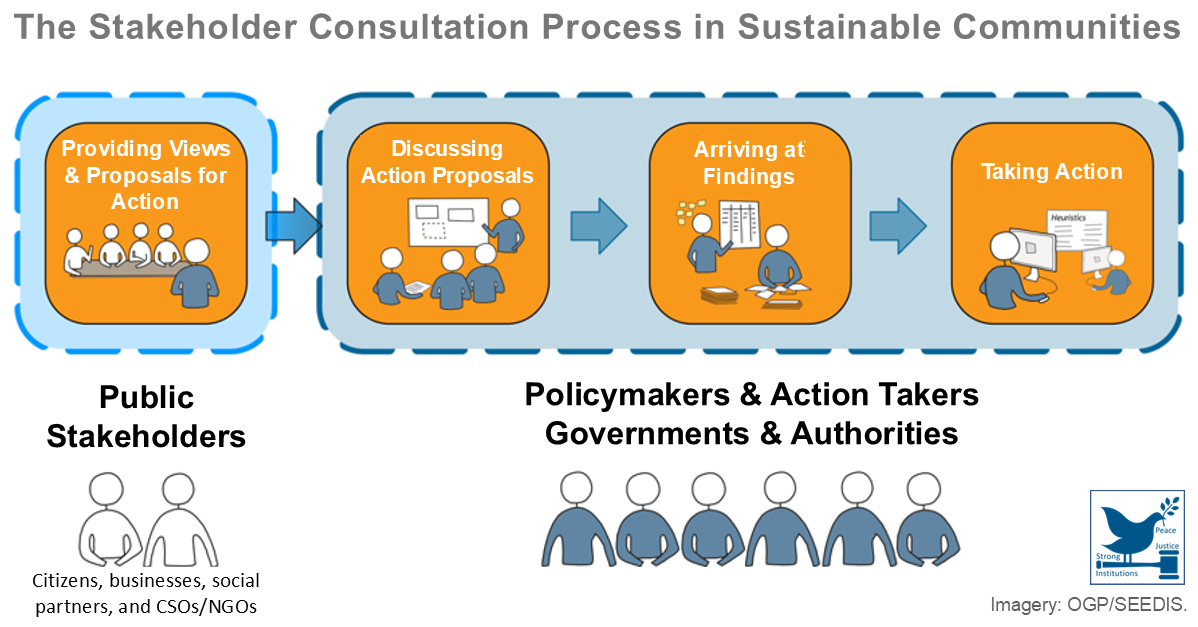The income statement is a financial statement that reports the results of an entity’s business activities for an accounting period by showing its revenues, expenses, gains and losses in arriving at the net income or loss for that period. For each period covered, the income statement reports on:
- The revenue from products and services sold; and
- The expenses of doing business.
Income statements come in two basic formats with considerable variation in the degree of detail presented. The single-step income statement is a form of income statement presentation that displays the total of all revenue items prior to all expenses to arrive at net income. The multiple-step income statement is a form of income statement in which different classes of revenue and their corresponding expense items are grouped separately to show intermediate balances.
| Steps in a Multiple-Step Income Statement |
| Net Sales |
| − Cost of Goods Sold (COGS) |
| = Gross Profit |
| − Selling Expenses |
| − General and Administrative Expenses |
| − Depreciation Expense |
| = Operating Profit (Loss) |
| +/− Other Revenue/Expenses |
| − Income Taxes |
| = Net Income (Loss) |
The multiple-step income statement usually reports the difference between net sales and cost of goods sold to arrive at gross profit, the difference between gross profit and operating expense to arrive at operating profit, and the difference between operating profit and income deductions to arrive at net income.
An entity adopting IFRS has a choice of presenting a single statement of comprehensive income or an income statement displaying components of profit or loss and a statement of comprehensive income that begins with profit or loss and displays components of other comprehensive income.


Leave A Comment
You must be logged in to post a comment.